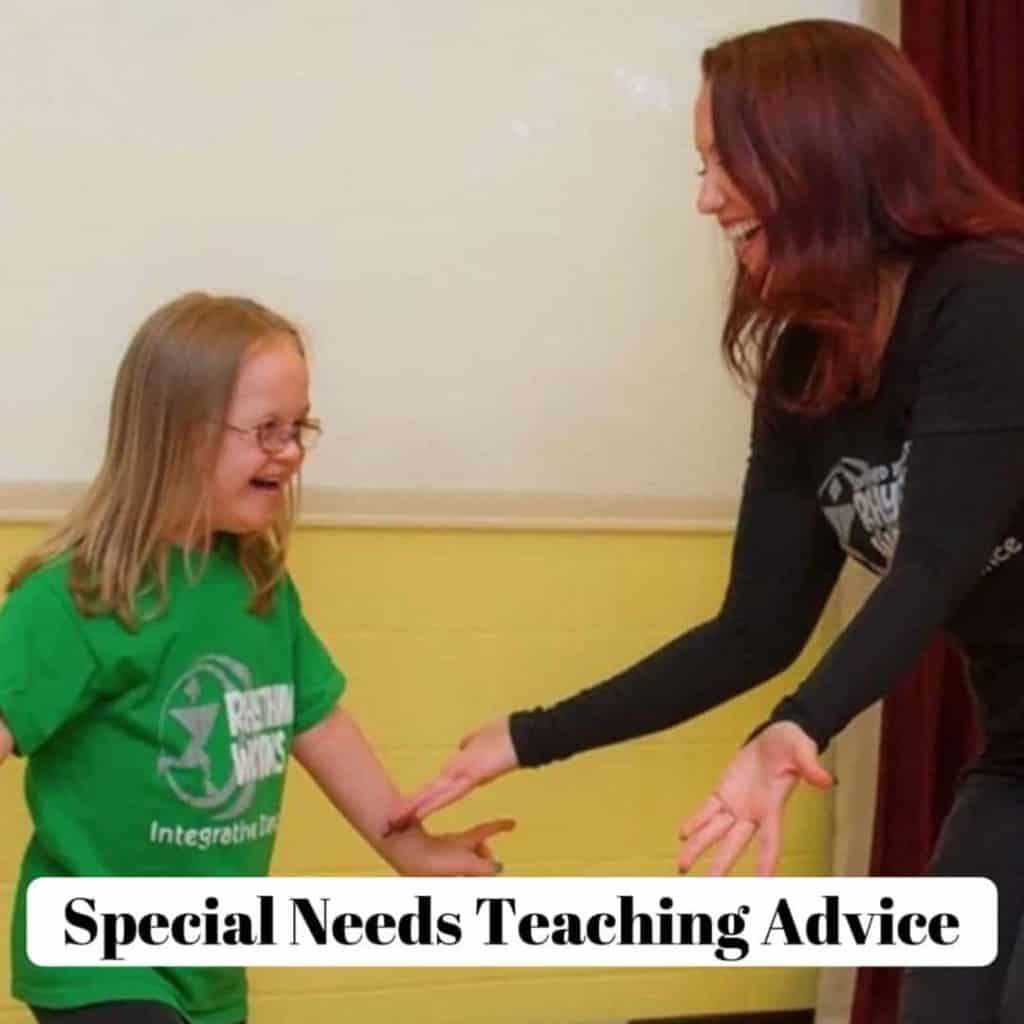Special Needs Teaching Advice

by Tricia Gomez
Finding the Just-Right Challenge
We’ve all experienced walking into a dance class as a student and finding it beyond our understanding or abilities. Maybe the teacher teaches too fast, uses unfamiliar terminology, or asks you to do something that requires more flexibility than you have.
Or you’re excited to take a workshop—only to find out that it’s intended for beginners. But you’ve paid for the class, so you stick it out.
If we’re able to self-regulate effectively, we can maintain self-control and behave appropriately in these undesirable situations. But individuals who have difficulty self-regulating may react to being over- or under-challenged in ways that seem inappropriate, disrupting their ability to fully participate in class.
So how do you determine the “just-right” challenge for each student? This is where a little awareness and some detective skills come into play.
Keep a record of maladaptive behavior and the circumstances surrounding it. Does the student participate in the beginning of class and then become agitated and disengage when you begin working on choreography? Does the student freeze every time you ask him or her to perform an across-the-floor combo? These could be signs that the movement is too challenging for that student.
Do the “Head, Shoulders, Knees, and Toes” test to figure out how quickly a student can comfortably process movement. Start off singing and moving through the song at a very slow tempo. Next, run through it again at a medium tempo. Then try it a third time at a very fast tempo. Note how the student reacts to each run-through. You’ll often see a silly behavior if it’s too easy, and an “escape/quit” behavior if it’s too hard. Use this information to help you modify movement in your class.
Creator of Hip Hop in a Box, Tricia Gomez is the global director of Rhythm Works Integrative Dance, which certifies teachers to work with special-needs students.





